Historians/authors/editors Alain Silver and James Ursini discussed and signed their new work, “Film Noir: The Directors” (Limelight Editions, $24.99, multiple contributors) on Saturday afternoon at Larry Edmunds Bookshop in Hollywood.
Ursini maintains that film noir is the most important artistic movement Hollywood has produced, and one that’s perfectly capable of jumping genres from Westerns to sci-fi to the traditional women’s picture.
Said Ursini: “Film noir is the overwhelming influence on directors today, in film, TV, comic books … in America and worldwide. Though it went into a sort of remission in the late ’50s, by the ’70s it was back and it never stopped. It’s an incredibly vibrant movement that’s as influential today as it was in the ’40s and ’50s.”
Though appreciated by French critics, most film noir titles (especially low-budget B movies) were widely snubbed by America’s cinematic elite. Ursini recalled that as a UCLA film-school student in the late ’60s, he had to push hard to be allowed to write a paper on director Henry Hathaway.
Silver pointed out that though the two most frequently cited factors in film noir’s development are the exodus of European filmmaking talent to the U.S. starting in the 1930s and the canon of hard-boiled American literature by authors such as James M. Cain, Dashiell Hammett and Raymond Chandler, the real story is more complicated.
Specifically, it’s hard to pinpoint exactly what inspired these very different directors (the book covers 30) to pursue this unique aesthetic, often self-consciously borrowing and sharing ideas. One certainty, though: Billy Wilder’s “Double Indemnity” (1944) was the prototype for the genre.
He added that because of World War II, the production code loosened and the American public developed a taste for realism. Were audiences of the ’40s and ’50s shocked by these cynical, gritty, fateful stories on the screen? It’s hard to say. Silver said the most interesting contextual endeavor now would be to compare the audiences’ expectations against their reactions.
Photos copyright of Film Noir Blonde
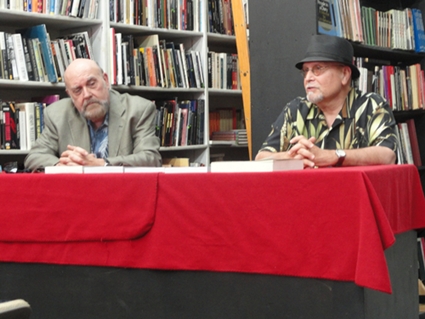
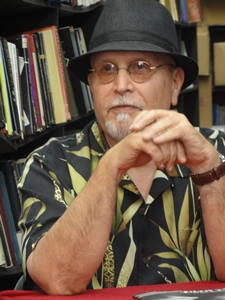
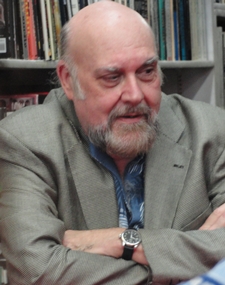





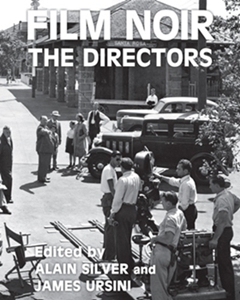
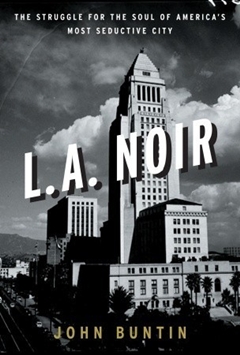





From FNB readers